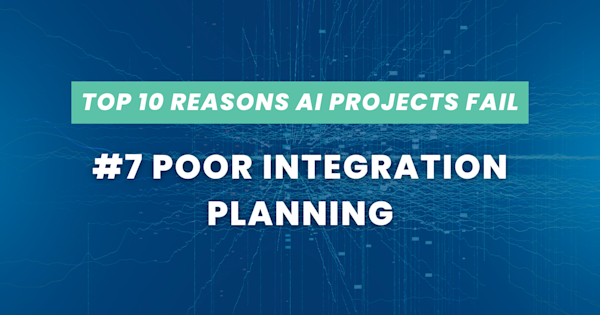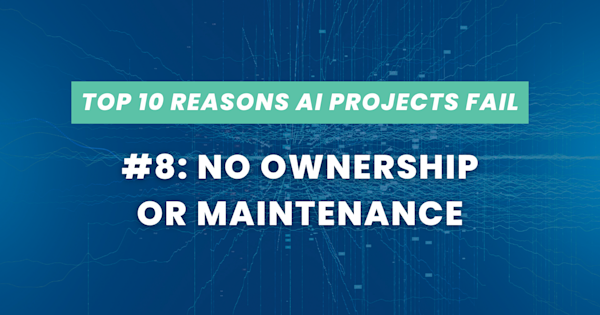As an Agile coach or Agile practitioner, we often will listen to our client's issues with a bias, by confirming the often too early hypothesis of their situation framed towards the approaches that have worked for us in the past. Are we truly listening to the whole story of our clients or picking out the pieces we know that our training and expertise can be applied to? After all, we saw good things happen in the last organization when we introduced our preferred approach to help increase business agility.
Where do biases come from in organizational transformation efforts? One source is an organization itself believing that if we implement an empirical process like Scrum or an entire process decision framework like Disciplined Agile it will fix all our impediments preventing business agility. Perhaps we heard about a particular approach or framework from another organization, a conference, or colleague. The organization may hire experts in the field, Agile coaches, SAFe practitioners, Scrum Masters, and others to help us along the expected journey towards business agility.
Another source of the bias could be from the experts themselves hired to help with the transformation effort. Their training and experience may be deeply ingrained in one framework. As a result, our advice to clients is based on our expectations and beliefs about the situation and potentially a mismatch of recommendations towards a particular outcome.
Lastly, the sunk cost of our investment into one certification path, either by the organization or the experts themselves, can cause bias in the implementation. Have you ever heard an executive state “Thou shall do <insert Scrum, Disciplined Agile, SAFe here>?” certification is a beneficial thing. However, investing heavily in one path might result in changes to the team, processes, and organization that may not be fit for purpose. For example, applying Scrum for work that does not require experimentation, inspection, and adaptation like a help desk team resolving urgent tickets with known solutions. We find ourselves so far down the path that, rather than pivot, we feel we must see it through.
Here are a Few Tips to Recognize When Confirmation Bias is Happening and What to Do About it
1. Has my work on assessing the current state gone deep enough to find evidence-based information to guide the solution? Have I taken the full context of the situation into consideration or only looked at one team or one area of the organization? To ensure our opinions and feelings do not get in the way it is important to collect facts and data to support the recommendation. Confirm the problem statement and the solution before implementation. This sounds obvious, but it is tough to do when our training is siloed to one approach. Check yourself to ensure you are analyzing each situation objectively.
2. Keep the focus on the client's needs. As an Agile coach or Scrum Master, ask questions and help the client identify and shift behaviors that are holding them back while creating the client win through value, growth, and opportunity. One approach that helps keep the focus on the client’s needs is to have them define their current state pain points and desired future state with the pain points alleviated. Share these behaviors which are intended to move away from the current state to the future state with the leadership team to encourage their decision-making leaning towards that desired future state. When decisions are made that keep us in the current state, promote transparent inspection and adaptation to assess what can be done to move forward towards that future state.
3. Have we thoroughly considered factors outside the team or the history of the team and how they got to where they are? For example, how are other areas of the organization impacting the team negatively and slowing down or preventing them from being successful in agility? Ensure there is an action plan to coach those departments as well to help promote the broader business agility desired with any Agile transformation. Identify experiments with those areas when there are touchpoints with the team, so they become engaged partners in the process.
4. Research and learn about other processes and approaches. If you can, consider other workshops, books, blogs, or Agile groups to learn more about other Agile frameworks and approaches outside of your preferred certification and experiences. There are so many good ideas from Lean, Agile, SAFe, Disciplined Agile, Scrum, Kanban all with similar underpinning values and principles. Why not grow your own skills and broaden your experiences? This will help you treat your own biases with curiosity through continuous learning. Take time to reflect on and question your own beliefs.
5. Go back to the basics. All things Agile and lean are built upon values and principles. It is the mindset that matters most over the processes and tools. Have we built the simplest thing possible and regularly inspected and adapted? Or have we introduced a process that worked well somewhere else and is hindering the new team you are working with? Consider the tools that have been implemented to support the agile process, are they introducing complexity that does not need to be there? Is this the best tool for our situation or something the organization purchased for the enterprise that is a requirement for the team to use? Continuously experiment, inspect, and adapt to coach the team to build their own fit-for-purpose approaches based on Agile and/or lean values and principles. Mindset matters. Coach this first and magic will result.
Remember to incrementally confirm the assessments and changes in direction. Did they help? Are we moving toward the identified goal? Is the goal the right goal now that we’ve tried a few things? Keeping the target in sight ensures that we focus on outcomes and not solutions.
Confirmation bias is part of our human characteristics. With attention to the client’s needs and regular self-reflection, we can recognize and address our own biases. Let the Agile and Lean values and principles guide the path forward.
If you would like to learn more about Improving's Agile community, reach out and take a look at our upcoming classes.
This has been part 1 in a 3-part series discussing coaching bias, screwing up a team with process introduction, and how to fix a broken implementation. Stay tuned for part 2: How Not to Screw up a Team with Process.








